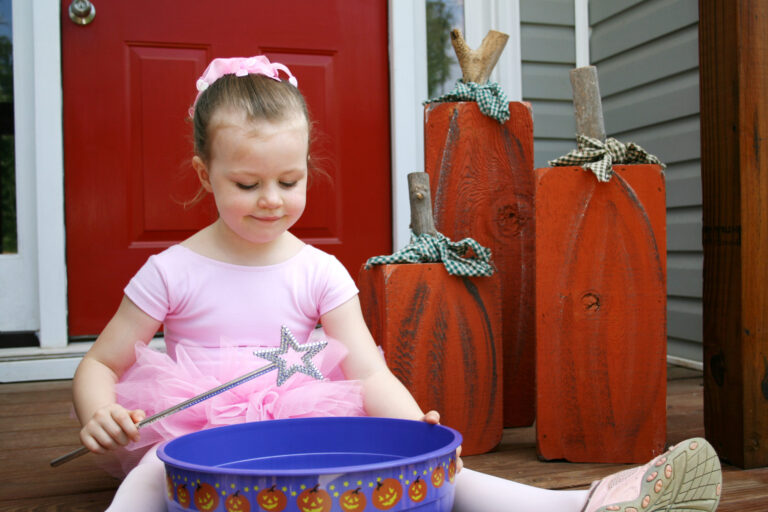
Strange as it may seem, the missing ingredient of a dancer’s optimal performance is often rest. According to Kathleen Weber, consulting sports medicine physician at Hubbard Street Dance Chicago, dancers should think of recovery as an essential element in their training. “As you walk offstage, you should already be thinking, ‘How am I recovering?'” she says.
As many dancers know, repetitive strain on muscles can lead to micro-traumas, or tiny tears in muscle tissue. If the body never has a chance to heal, an overuse injury can result. Rest gives muscles a chance to repair themselves, but finding an extended period of time to relax is not in most dancers’ playbooks.
Active relaxation is a tool to aid recovery—both physical and mental, according to Erika Bloom, owner of Erika Bloom Pilates Plus in New York City. “When we find a way to soften and move with ease, we are actually calming our nervous system,” she says. She often coaches dancers in the practice, also known as conscious relaxation, using a set of physical and mental techniques that release tension through progressive muscle relaxation, deep breathing, visualization or a combination of these. They can be done as you wind down for bed, lying on your back in the studio before class or anywhere you can grab a quiet 10 minutes for some essential rest and recovery. There may be additional biological benefits to the practice, as well. Some say active relaxation prevents soreness, enhances flexibility, reduces the levels of stress hormones and even boosts the immune system.

Making Space for Breath
Many dancers are chest breathers. “They are afraid to breathe into the belly and allow the pelvic floor muscles to relax,” says Bloom. “The tendency is to hold and grip everything.” Shallow breathing can make a dancer feel out of breath, anxious and tired. Diaphragmatic breathing, or belly breathing, pushes the diaphragm downward, giving the lungs space to expand. Breathing fully relaxes the shoulders and enhances freedom of movement. It also increases your oxygen intake and expels stale carbon dioxide, increasing energy while reducing fatigue and the risk of injury. Regular practice can make it easier to breathe deeply while dancing, as well as in everyday life.
Bloom recommends a three-part breath. Try to take time between the inhalation and exhalation, she says. “I tell dancers to live in the space between the breath.”
1. Sitting or lying down, breathe into the lower third of your lungs, allowing the belly to expand, as if filling a balloon with air.
2. Continue inhaling into the middle part of the chest. Allow your rib cage to expand sideways.
3. Still inhaling, let the air flow into the top of the lungs and into the space behind the collarbones. Try not to let your shoulders lift, but avoid forcing them down, too.
4. Exhale the same way, by emptying the lower, then middle and uppermost third of the lungs. Repeat several times, inhaling and exhaling fully each time. Then, be still for a few moments, feeling a sense of calm.
Progressive Muscle Relaxation
Progressive muscle relaxation (PMR) is a conscious relaxation exercise that focuses on one muscle group at a time. It can be practiced alone but is particularly effective when led by another person. Teachers can try leading dancers through the exercise to end class or rehearsal.
1. Begin lying down on a mat in a quiet place or corner of a studio. Slowly inhale, flexing the feet and straightening the knees while contracting the calves, quads and glutes. Hold for five seconds. Exhale slowly and release the muscles, thinking of letting go of any tension. Notice the feeling of muscle relaxation compared with the rest of the body.
2. Move on to hands, arms and shoulders as a group. Clench the fists and straighten the arms, tensing biceps and forearms. Count to five, and release. Notice the feeling of the muscles tensing up and relaxing.
3. Repeat this process with abdominal muscles, chest and back together, then facial muscles (squint the eyes, wrinkle the forehead, clench the jaw) and finally the scalp and neck muscles.
4. Repeat the entire exercise before lying still for several moments, sensing the weight of your body.
In Your Mind’s Eye
Try ending your breathing exercise with a visualization. It can help you relax more fully.
1. Close your eyes and picture a place where you feel relaxed, such as a beach or a mountaintop. See yourself walking toward it and then sitting down. Breathe deeply.
2. Engage all of your senses. You might imagine feeling the warmth of the sun on your skin or smelling the air.
3. As you inhale, imagine calming energy is entering your body. As you exhale, let go of any thought that doesn’t support your goal of relaxation.
4. If your thoughts wander, return to the scene in your mind and focus on your breath. Continue for several minutes or longer. When you are ready to end the exercise, visualize yourself standing up and walking away. Still feeling a sense of calm, slowly open your eyes.
Once you’ve practiced visualization a few times, try going to this peaceful place in your mind any time you’re feeling anxious—like right before you go onstage. It can offer a grounding, calming experience when you need it most.



